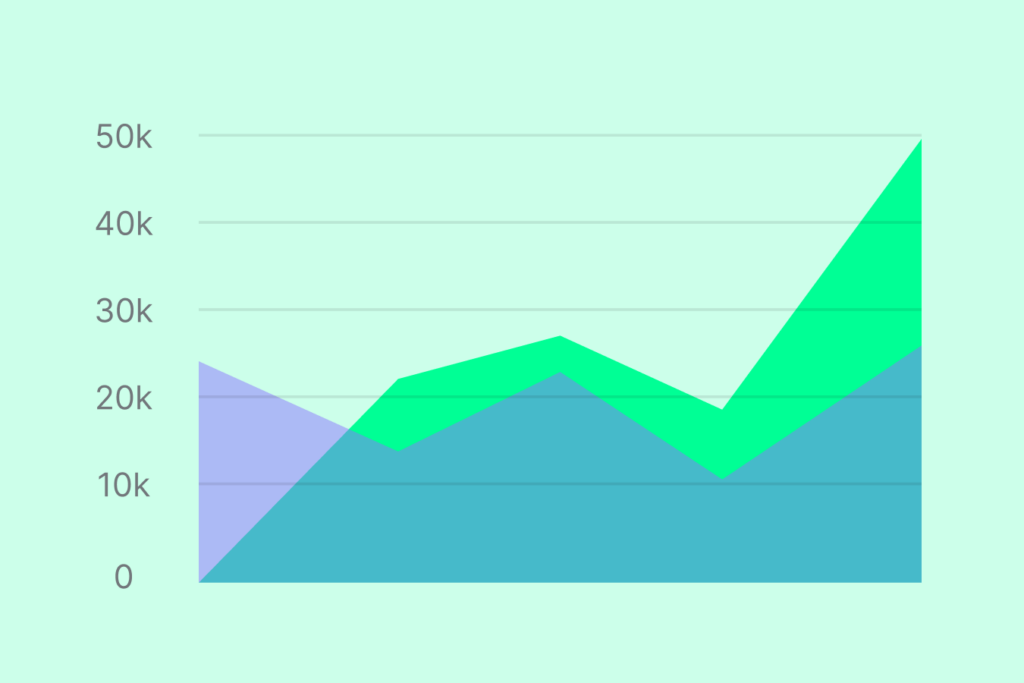Nov 17, 2023
How to Calculate Operating Income Using the Operating Income Formula

Operating income is an essential financial metric used by businesses to assess their profitability and overall financial health. By understanding how to calculate operating income, managers and investors can gain insight into the efficiency and profitability of a company’s operations. In this article, we will walk you through the process of calculating operating income using the operating income formula.
Understanding the Basics of Operating Income
Before diving into the calculation, let’s clarify what operating income represents. It’s essentially the profit a company earns from its core business activities, before accounting for interest and taxes.
Think of it as a gauge of how well a company’s primary operations are performing financially. Operating income shows whether a company is generating enough profit to cover its ongoing expenses, service its debts, and ultimately, create value for shareholders.
When analyzing a company’s financial statements, operating income is a key metric that investors and analysts pay close attention to. It provides a snapshot of the company’s profitability and operational efficiency.
Importance of Operating Income in Business
A high operating income is a positive indicator of a company’s operational efficiency and profitability. It shows that the company is generating substantial profits from its primary business activities. This can be attributed to factors such as effective cost management, strong sales performance, and economies of scale.
On the other hand, a low or negative operating income may signal underlying problems that require attention. It could indicate that the company is struggling to cover its operating expenses, facing pricing pressures, or experiencing declining sales.
Investors and analysts often use operating income as a key performance indicator (KPI) to evaluate a company’s financial health and compare it to its peers in the industry. It helps assess a company’s ability to generate consistent profits and contribute to the business’s long-term sustainability.
Moreover, operating income provides insights into a company’s ability to withstand economic downturns or industry-specific challenges. A company with a strong operating income is more likely to weather financial storms and navigate through uncertain times.
It is important to note that operating income is just one piece of the financial puzzle. It should be analyzed in conjunction with other financial metrics and factors. Such as, net income, cash flow, and industry trends to get a comprehensive understanding of a company’s financial performance.
Components of the Operating Income Formula
The operating income formula consists of three main components: revenue, cost of goods sold (COGS), and operating expenses. Let’s take a closer look at each of these components:
Revenue
Revenue represents the total amount of money a company generates from the sale of goods or services during a specific period. It is the top line of the income statement and is a critical component in calculating operating income.
When calculating operating income, it is essential to include all revenue streams directly related to the company’s core operations. This may include sales revenue, service fees, or any other income generated by the primary business activities.
For example, a retail company’s revenue would include the sales revenue from its physical stores, online sales, and any other sources of income.
Furthermore, revenue can also include non-operating income, such as interest income from investments or gains from the sale of assets. However, these non-operating revenues are typically excluded when calculating operating income.
Cost of Goods Sold (COGS)
The cost of goods sold (COGS) refers to the direct costs incurred in producing or purchasing the goods or services. This includes the cost of raw materials, direct labor, and any other expenses related to the production or delivery of the company.
By subtracting the COGS from the revenue, you can determine the gross profit, which serves as the starting point for calculating operating income.
It is important to note that the COGS does not include indirect costs such as marketing expenses or administrative overhead. These costs are accounted for separately as operating expenses.

Operating Expenses
Operating expenses encompass all the costs incurred in running a company’s day-to-day operations. This includes expenses related to administration, marketing, research and development, salaries, rent, utilities, and any other expenses necessary to keep the business running.
Operating expenses are subtracted from the gross profit to calculate operating income. These expenses represent the costs associated with sustaining and growing the business.
It is worth mentioning that operating expenses can vary significantly between industries and companies. For instance, a manufacturing company may have higher operating expenses related to production facilities and equipment maintenance.
Understanding the components of the operating income formula is crucial for assessing a company’s profitability and financial performance. By analyzing revenue, COGS, and operating expenses, investors and stakeholders can gain insights into a company’s ability to generate profits.
Step-by-Step Guide to Calculate Operating Income
Now that we understand the components of the operating income formula, let’s walk through the step-by-step process of calculating operating income:
Identifying Your Revenue
The first step is to gather all the revenue figures directly related to the company’s core operations. This can usually be found on the income statement or profit and loss statement. Ensure that you include all relevant revenue streams to get an accurate measure of the company’s top-line performance.
For example, if you are calculating the operating income for a retail company, you would include revenue from the sales of products, as well as any other sources of income directly related to the company’s main business activities, such as rental income from owned properties or licensing fees.
It is important to be thorough when identifying revenue sources, as any omission could lead to an inaccurate calculation of operating income.
Subtracting COGS
After identifying the revenue figure, subtract the cost of goods sold (COGS) from the revenue. The COGS can also be found on the income statement, typically right below the revenue section. This calculation will yield the gross profit, which represents the company’s profit after deducting the direct costs of producing goods or services.
COGS includes expenses directly associated with the production or acquisition of goods sold by the company. This may include the cost of raw materials, direct labor costs, and manufacturing overhead. By subtracting COGS from revenue, you are left with the amount of money that contributes to covering operating expenses and generating operating income.
It is worth noting that COGS can vary significantly depending on the nature of the business. For a manufacturing company, COGS would include costs related to the production process, while for a service-based company, it may include costs associated with delivering the service.
Deducting Operating Expenses
Finally, deduct the operating expenses from the gross profit to calculate the operating income. Operating expenses can be found below the gross profit section on the income statement. This calculation will provide you with the operating income figure, indicating the profit generated from a company’s core business activities before interest and taxes.
Operating expenses encompass various costs incurred in running the day-to-day operations of a business. These expenses can include salaries and wages, rent, utilities, marketing expenses, research and development costs, and any other costs directly related to the company’s ongoing operations.
By deducting operating expenses from the gross profit, you are left with the operating income, which represents the profit generated solely from the company’s core business activities. This figure is a key indicator of the company’s operational efficiency and profitability.
It is important to note that operating income does not take into account non-operating income or expenses, such as interest income or expenses, gains or losses from investments, or taxes. These factors are accounted for separately in the financial statements.
Calculating operating income is a fundamental step in assessing a company’s financial performance and understanding its profitability from its core operations. By following this step-by-step guide, you can accurately determine the operating income and gain valuable insights into the company’s financial health.
Interpreting the Results of Your Operating Income Calculation
Once you have calculated the operating income figure, it is important to understand how to interpret the results:
Positive Operating Income
A positive operating income indicates that the company is generating profits from its core operations. This is an encouraging sign that the business is performing well and can cover its fixed costs, repay debts, and contribute to the company’s overall profitability.
Negative Operating Income
On the other hand, a negative operating income suggests that the company is not generating enough revenue to cover its direct costs and operating expenses. This may be a cause for concern, as it indicates potential difficulties in sustaining the business’s operations and meeting its financial obligations.
If a company consistently reports negative operating income, it may need to reassess its business model, reduce expenses, increase revenue, or make strategic changes to improve profitability.
Calculate Operating Income- Mistakes to avoid
While calculating operating income, it’s important to be aware of common pitfalls that could affect the accuracy of your calculations:
Misclassifying Expenses
Ensure that you properly classify expenses as operating expenses and differentiate them from non-operating expenses. Including non-operating expenses in the calculation can skew the operating income figure and provide an inaccurate representation of the company’s operational profitability.
Overlooking Certain Revenue Streams
It is crucial to include all relevant revenue streams that are directly related to the company’s core operations. Overlooking certain revenue streams can lead to an underestimation of the company’s top-line performance and may result in an inaccurate operating income calculation.
By following these guidelines, you can accurately calculate operating income using the operating income formula. Remember, operating income is a valuable metric that provides insights into a company’s profitability and efficiency, making it an essential tool for investors, managers, and stakeholders in assessing a firm’s financial health.
AMP up your eCommerce business.
Start today,
for free
Start a free trial of any of AMP’s tools today.

